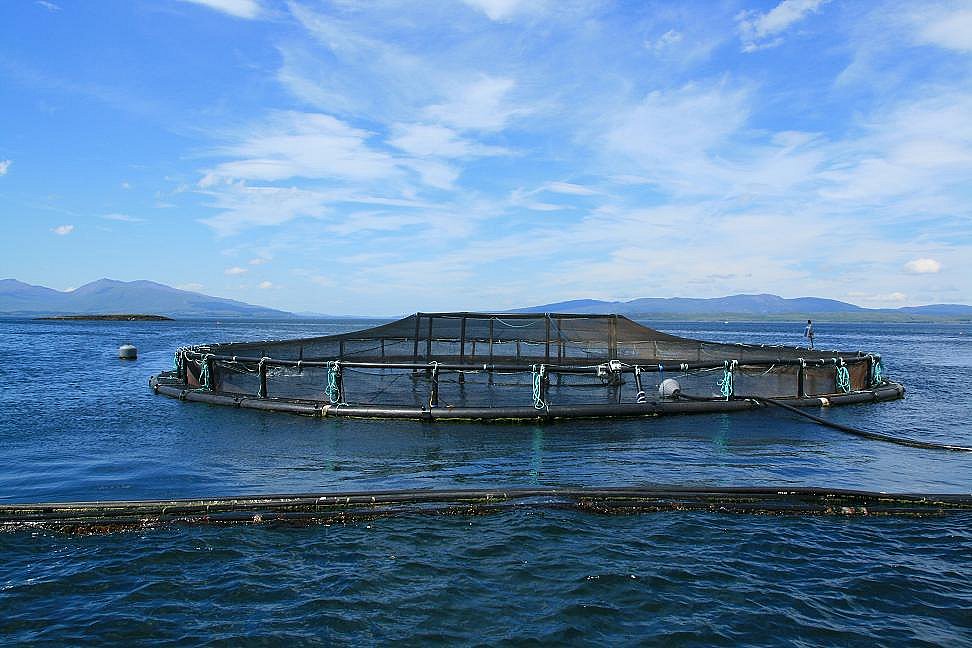
(Beyond Pesticides, April 20, 2020) As USDA takes public comments on its updated dietary guidelines, it important that sustainable, regenerative organic food production practices are an integral part. Since 1990, Congress has required an every-five-years review of its Dietary Guidelines â recommendations intended to promote public health and prevent chronic diseases. The next review and a draft updated version, the 2020â2025 Dietary Guidelines for Americans, is currently underway.
USDA says that the dietary guidelines provide âinformation that helps Americans make healthy choices for themselves and their families.â In order to make healthy food choices, the guidelines must go beyond the traditional parameters to include how the food is produced. How food is produced affects the health of Americans not only as a result of the nutritional quality of the food, but also due to environmental contamination.
Sign the petition to USDA and send a letter to Congress. Tell them that organic food must be emphasized in new dietary guidelines.
Although research on the nutritional density of organic produce is equivocal, showing some higher levels of antioxidants, results are decidedly clear for animal products. Pastured organic animal productsâincluding beef, lamb, pork, dairy, poultry, and eggsâhave been shown to be superior to that of products of chemical-intensive crops and confined animals in their distribution of fatty acids.
The differences to consumers go beyond nutritional value. Organic food is generally free of residues of pesticides and antibiotics. Pesticide residues are found in 70% of the food sold in the U.S., and residues of antibiotics are common in nonorganic milk. These residues may not exceed EPA tolerances, but lower levels may still have health effects. EPA does not take into account the combined effects of different pesticides that may occur on an item of produce (or in a meal), which often exceed the sum of the residues. It does not take into account the combined effects of all the ingredients of a single pesticide product. Despite a requirement in the Food Quality Protection Act that EPA implement screening of pesticides for endocrine disrupting chemicals (EDCs) by 1999, pesticides are still not evaluated for their endocrine disruption potential, which can occur at levels far below those that cause the effects for which EPA tests.
Among the endocrine disruptors that are particularly relevant in the context of these guidelines are obesogens. As stated in an article by Drs. Amanda Janesick and Bruce Blumberg, âRecently, EDCs have been implicated in metabolic syndrome and obesity. Adipose tissue is a true endocrine organ and, therefore, an organ that is highly susceptible to disturbance by EDCs. A subset of EDCs, called ‘obesogens,’ promote adiposity by altering programming of fat cell development, increasing energy storage in fat tissue, and interfering with neuroendocrine control of appetite and satiety.â
In addition to the direct impacts of pesticide food residues on consumers, chemical-intensive agriculture contaminates air, water, and land, affecting the health of Americans in other ways. Pesticides in the air can aggravate asthma and other respiratory problems. Pesticides run off into streams and leach into groundwater, contaminating drinking water. Farmworkers should also be protected by these food guidelines because their health is threatened by the poisons that are applied to fields where they work.
Organic food production sequesters more carbon in the soil than conventional chemical-intensive agriculture, helping to mitigate climate change. Health hazards of climate change range from injury and death from a higher frequency of more severe storms to northward migration of tropical diseases and their insect vectors.
USDA organic certification is the only system of food labeling that is subject to independent public review and oversight, assuring consumers that toxic, synthetic pesticides used in conventional agriculture are replaced by management practices focused on soil biology, biodiversity, and plant health. This eliminates commonly used toxic chemicals in the production and processing of food that is not labeled organic–pesticides that contaminate our water and air, hurt biodiversity, harm farmworkers, and kill bees, birds, fish and other wildlife.
The updated dietary guidelines should incorporate this information and recommend that Americans consume, to the extent possible, organic produce and organic pastured animal products.
Sign the petition to USDA and send a letter to Congress. Tell them that organic food must be emphasized in new dietary guidelines.
Petition to USDA
As USDA takes public comments on its updated dietary guidelines, it important that sustainable, regenerative organic food production practices are an integral part. Since 1990, Congress has required an every-five-years review of its Dietary Guidelines â recommendations that are supposed, minimally, to promote public health and prevent chronic diseases. The next review and a draft updated version, the 2020â2025 Dietary Guidelines for Americans, is currently underway. The 2015 Dietary Guidelines Advisory Committee (DGAC) examined the evidence on sustainable diets for the first time, but this topic was not included within the scope of work for the 2020 DGAC. The 2015 committee concluded that âin general, a dietary pattern that is higher in plant-based foods, such as vegetables, fruits, whole grains, legumes, nuts, and seeds, and lower in animal-based foods is more health promoting and is associated with lesser environmental impact ([greenhouse gas] emissions and energy, land, and water use) than is the current average U.S. diet.â [1]
USDA says that the food guidelines provide âinformation that helps Americans make healthy choices for themselves and their families.â In order to make healthy food choices, the guidelines must go beyond the traditional parameters to include how the food is produced. How food is produced affects the health of Americans not only as a result of the nutritional quality of the food, but also due to environmental contamination.
Although research on the nutritional density of organic produce is equivocal, showing some higher levels of antioxidants [2], results are decidedly clear for animal products. Pastured organic animal productsâincluding beef [3], lamb [4], pork [5], dairy [6], poultry [7], and eggs [8]âhave been shown to be superior to that of products of chemical-intensive crops and confined animals in their distribution of fatty acids.
The differences to consumers go beyond nutritional value. Organic food is generally free of residues of pesticides and antibiotics. Pesticide residues are found in 70% of the food sold in the U.S., and residues of antibiotics are common in nonorganic milk. [9] These residues may not exceed EPA tolerances, but lower levels may still have health effects. EPA does not take into account the combined effects of different pesticides that may occur on an item of produce (or in a meal), which often exceed the sum of the residues. It does not take into account the combined effects of all the ingredients of a single pesticide product. Despite a requirement in the Food Quality Protection Act that EPA implement screening of pesticides for endocrine disrupting chemicals (EDCs) by 1999, pesticides are still not evaluated for their endocrine disruption potential, which can occur at levels far below those that cause the effects for which EPA tests.
Among the endocrine disruptors that are particularly relevant in the context of these guidelines are obesogens. As stated in an article by Drs. Amanda Janesick and Bruce Blumberg, âRecently, EDCs have been implicated in metabolic syndrome and obesity. Adipose tissue is a true endocrine organ and, therefore, an organ that is highly susceptible to disturbance by EDCs. A subset of EDCs, called ‘obesogens,’ promote adiposity by altering programming of fat cell development, increasing energy storage in fat tissue, and interfering with neuroendocrine control of appetite and satiety.â [10]
In addition to the direct impacts of pesticide food residues on consumers, chemical-intensive agriculture contaminates air, water, and land, affecting the health of Americans in other ways. Pesticides in the air can aggravate asthma and other respiratory problems. Pesticides run off into streams and leach into groundwater, contaminating drinking water. Farmworkers should also be protected by these food guidelines because their health is threatened by the poisons that are applied to fields where they work. [11]
Organic food production sequesters more carbon in the soil than conventional chemical-intensive agriculture, helping to mitigate climate change. [12] Health hazards of climate change range from injury and death from a higher frequency of more severe storms to northward migration of tropical diseases and their insect vectors.
USDA organic certification is the only system of food labeling that is subject to independent public review and oversight, assuring consumers that toxic, synthetic pesticides used in conventional agriculture are replaced by management practices focused on soil biology, biodiversity, and plant health. This eliminates commonly used toxic chemicals in the production and processing of food that is not labeled organic–pesticides that contaminate our water and air, hurt biodiversity, harm farmworkers, and kill bees, birds, fish and other wildlife.
The updated dietary guidelines should incorporate this information and recommend that Americans consume, to the extent possible, organic produce and organic pastured animal products.
References
[1] DGAC (Dietary Guidelines Advisory Committee). 2015. Scientific Report of the 2015 Dietary Guidelines Advisory Committee: Advisory Report to the Secretary of Health and Human Services and the Secretary of Agriculture. Washington, DC: US Department of Agriculture.
[2] Bernacchia, R., Preti, R. and Vinci, G., 2016. Organic and Conventional Foods: Differences in Nutrients. Italian Journal of Food Science, 28(4).
[3] Bjorklund, E.A., Heins, B.J., DiCostanzo, A. and Chester-Jones, H., 2014. Fatty acid profiles, meat quality, and sensory attributes of organic versus conventional dairy beef steers. Journal of Dairy Science, 97(3), pp.1828-1834.
[4] Popova, T., 2007. Effect of the rearing system on the fatty acid composition and oxidative stability of the M. longissimus lumborum and M. semimembranosus in lambs. Small Ruminant Research, 71(1-3), pp. 150-157.
[5] Practical Farmers of Iowa, 2019. Research Report: Fatty acid comparisons of grain and forage-fed pork. https://practicalfarmers.org/wp-content/uploads/2019/04/18.L.Nutrient-Density-Profiles-for-Conventional-vs.-Pasture-Raised-Pork.pdf.
[6] Benbrook, C.M., Davis, D.R., Heins, B.J., Latif, M.A., Leifert, C., Peterman, L., Butler, G., Faergeman, O., Abel-Caines, S. and Baranski, M., 2018. Enhancing the fatty acid profile of milk through forage-based rations, with nutrition modeling of diet outcomes. Food science & nutrition, 6(3), pp.681-700.
[7] Tufarelli, V., Ragni, M. and Laudadio, V., 2018. Feeding forage in poultry: a promising alternative for the future of production systems. Agriculture, 8(6), p.81.
[8] Karsten, H.D., Patterson, P.H., Stout, R. and Crews, G., 2010. Vitamins A, E and fatty acid composition of the eggs of caged hens and pastured hens. Renewable Agriculture and Food Systems, 25(1), pp.45-54.
[9] Pesticide residues found in 70% of produce sold in US even after washing, The Guardian. March 20, 2019. Welsh, J.A., Braun, H., Brown, N., Um, C., Ehret, K., Figueroa, J. and Barr, D.B., 2019. Production-related contaminants (pesticides, antibiotics and hormones) in organic and conventionally produced milk samples sold in the USA. Public health nutrition, 22(16), pp.2972-2980.
[10] Janesick, A.S. and Blumberg, B., 2016. Obesogens: an emerging threat to public health. American journal of obstetrics and gynecology, 214(5), pp.559-565.
[11] https://beyondpesticides.org/resources/eating-with-a-conscience/overview.
[12] Ghabbour, E.A., Davies, G., Misiewicz, T., Alami, R.A., Askounis, E.M., Cuozzo, N.P., Filice, A.J., Haskell, J.M., Moy, A.K., Roach, A.C. and Shade, J., 2017. National comparison of the total and sequestered organic matter contents of conventional and organic farm soils. In Advances in Agronomy (Vol. 146, pp. 1-35). Academic Press.
Letter to Congress
Congress requires a review of its Dietary Guidelinesârecommendations to promote public health and prevent chronic diseasesâevery five years. The 2020â2025 Dietary Guidelines for Americans review is currently underway. The 2015 Dietary Guidelines Advisory Committee (DGAC) examined the evidence on sustainable diets for the first time, but this topic was not included within the scope of work for the 2020 DGAC.
USDA says food guidelines provide âinformation that helps Americans make healthy choices for themselves and their families.â The guidelines must include production practices that affect the health of Americans not only through the nutritional quality of the food, but also due to environmental contamination.
Research on the nutritional density of organic produce shows some higher levels of antioxidants. Pastured organic animal productsâincluding beef, lamb, pork, dairy, poultry, and eggsâhave been shown to be superior to that of products of chemical-intensive agriculture in their distribution of fatty acids.
Organic food is generally free of residues of pesticides and antibiotics. Pesticide residues are found in 70% of the food sold in the U.S., and residues of antibiotics are common in nonorganic milk. Even when residues do not exceed EPA tolerances, they may have health effects. EPA does not take into account the combined effects of different pesticides or of all the ingredients of a single pesticide product. Despite a requirement in the Food Quality Protection Act that EPA implement screening of pesticides for endocrine disrupting chemicals (EDCs) by 1999, pesticides are still not evaluated for their endocrine disruption potential, which can occur at levels far below those that cause the effects for which EPA tests.
Among the EDCs that are particularly relevant in the context of these guidelines are obesogens. As stated in an article by Drs. Amanda Janesick and Bruce Blumberg, âRecently, EDCs have been implicated in metabolic syndrome and obesity. Adipose tissue is a true endocrine organ and, therefore, an organ that is highly susceptible to disturbance by EDCs. A subset of EDCs, called âobesogens,â promote adiposity by altering programming of fat cell development, increasing energy storage in fat tissue, and interfering with neuroendocrine control of appetite and satiety.â
In addition to the impacts on consumers, pesticides in the air can aggravate asthma and other respiratory problems. Pesticides run off into streams and leach into groundwater, contaminating drinking water. The health of farmworkers is threatened by the poisons applied to fields where they work.
Organic food production sequesters more carbon in the soil than conventional chemical-intensive agriculture, helping to mitigate climate change. Health hazards of climate change range from injury and death from a higher frequency of more severe storms to northward migration of tropical diseases and their insect vectors.
USDA organic certification is the only system of food labeling that is subject to independent public review and oversight, assuring consumers that toxic synthetic pesticides used in conventional agriculture are replaced by management practices focused on soil biology, biodiversity, and plant health, protecting Americans from pesticides that contaminate our water and air, hurt biodiversity, harm farmworkers, and kill bees, birds, fish, and other wildlife.
The updated dietary guidelines should incorporate this information and recommend that Americans consume, to the extent possible, organic produce and organic pastured animal products.
Thank you.











 (Beyond Pesticides, May 15, 2020)Â
(Beyond Pesticides, May 15, 2020)Â 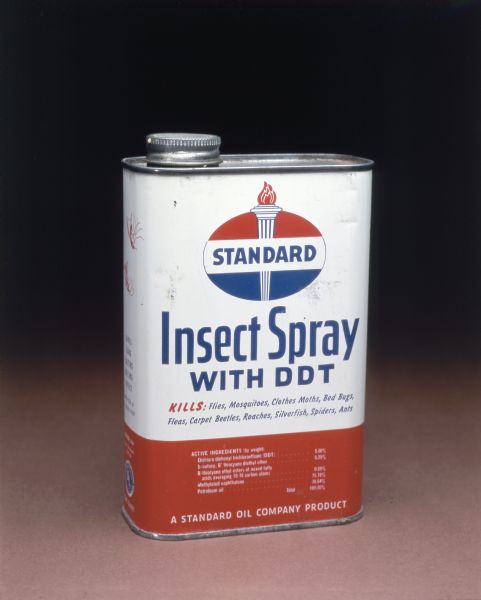 (
(

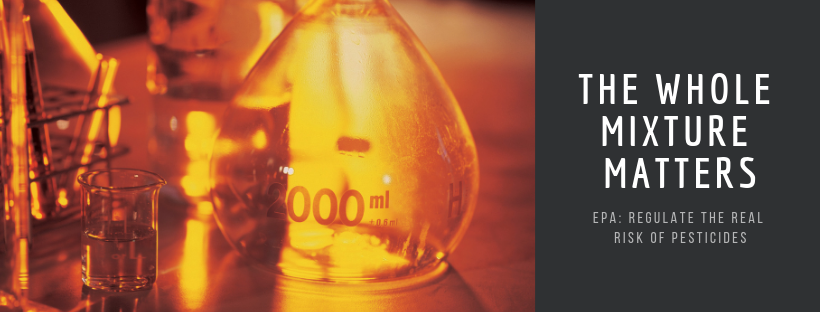 (Beyond Pesticides, May 11, 2020)
(Beyond Pesticides, May 11, 2020)  (Beyond Pesticides, May 8, 2020) At the height of Covid-19 impacts in the Northeast U.S., Massachusetts Governor Charlie Baker (R) and Lieutenant Governor Karyn Polito (R) filed
(Beyond Pesticides, May 8, 2020) At the height of Covid-19 impacts in the Northeast U.S., Massachusetts Governor Charlie Baker (R) and Lieutenant Governor Karyn Polito (R) filed 
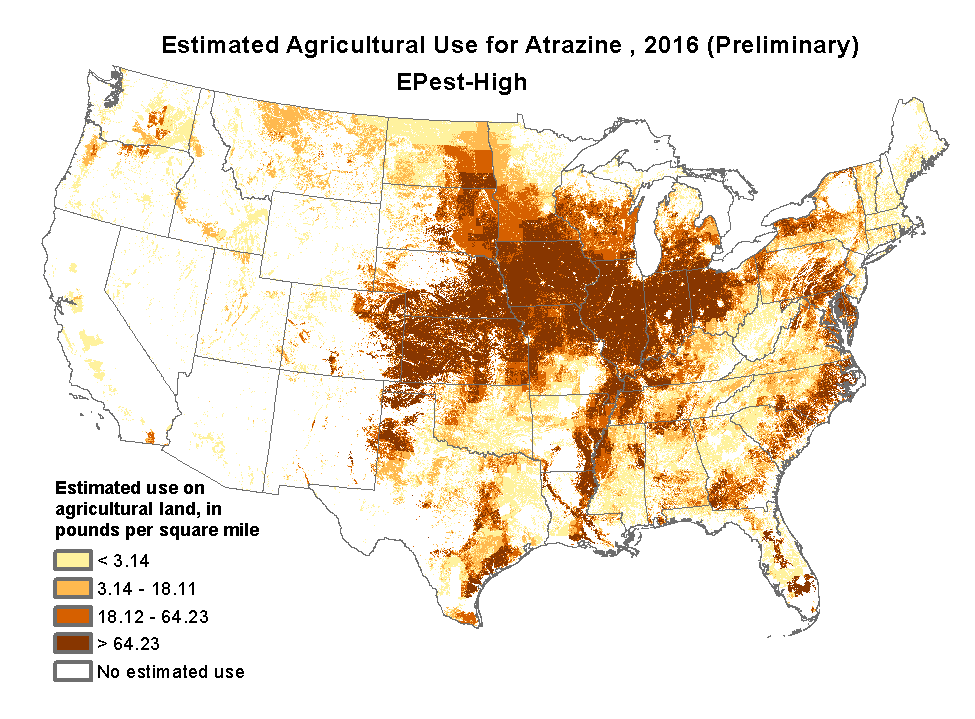
 (Beyond Pesticides, May 6, 2020) The coronavirus pandemic highlights pre-existing cracks in social safety nets and environmental regulation. Pollutants, such as respiratory and immune-suppressing toxic pesticides,
(Beyond Pesticides, May 6, 2020) The coronavirus pandemic highlights pre-existing cracks in social safety nets and environmental regulation. Pollutants, such as respiratory and immune-suppressing toxic pesticides, 
 (Beyond Pesticides, May 4, 2020)Â Exemptions to the Fair Labor Standards Act allow children to work unlimited hours in agriculture at the age of 12 and allow child farmworkers to perform hazardous work at the age of 16. These exemptions apply only to farm labor and areÂ
(Beyond Pesticides, May 4, 2020) Exemptions to the Fair Labor Standards Act allow children to work unlimited hours in agriculture at the age of 12 and allow child farmworkers to perform hazardous work at the age of 16. These exemptions apply only to farm labor and are 
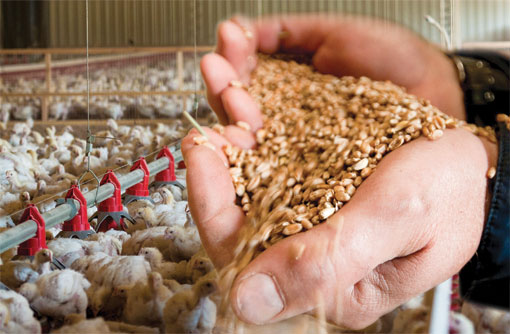
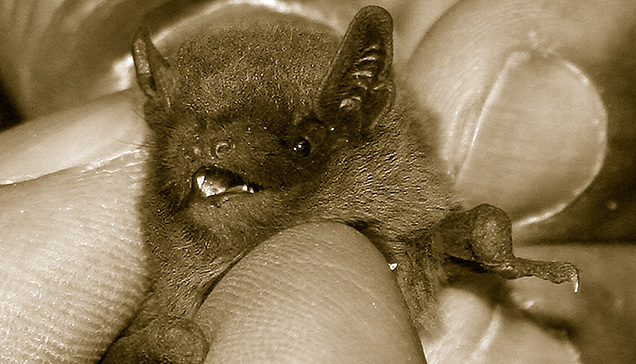
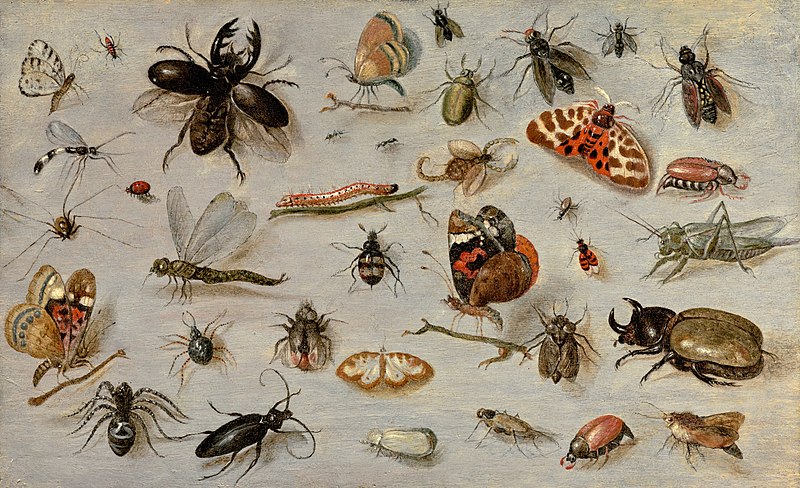


 In 1962, Rachel Carson said we stood at a crossroads:
In 1962, Rachel Carson said we stood at a crossroads: >>Tell EPA Administrator Andrew Wheeler to follow the advice of scientists and do his job. Tell your Congressional representatives to support scientific integrity at EPA and other agencies.
>>Tell EPA Administrator Andrew Wheeler to follow the advice of scientists and do his job. Tell your Congressional representatives to support scientific integrity at EPA and other agencies.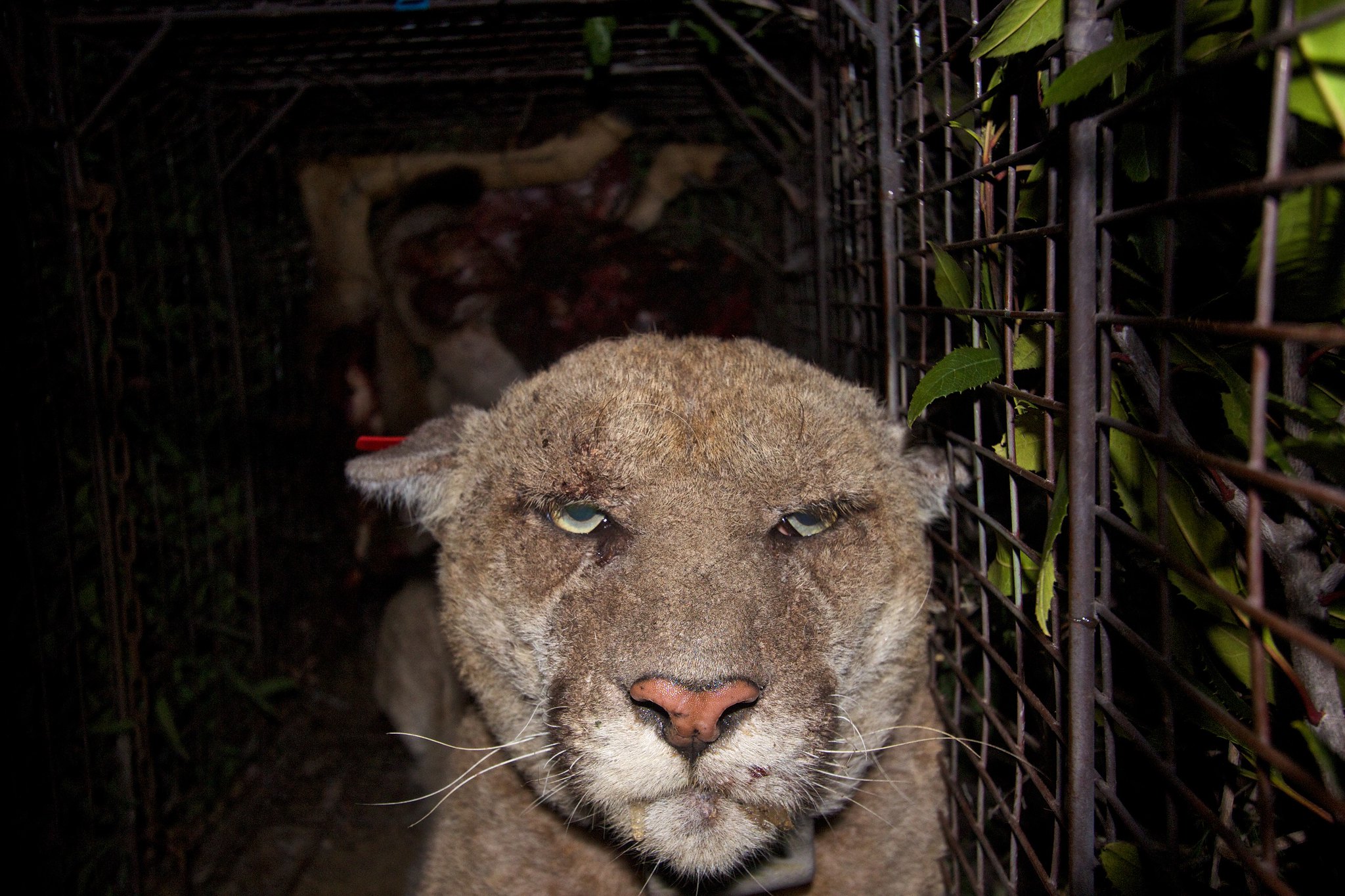 P-22 is being treated for mange; blood tests found anti-coagulant rodenticides, commonly known as rat poison.
P-22 is being treated for mange; blood tests found anti-coagulant rodenticides, commonly known as rat poison.
